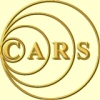 |
G0MWT, GX0MWT, GB5HF, GB5SM, GB2TAM, M2T, GB100MWT, G100RSGB & GB5RVA
CARS Meetings April - June 2016 |
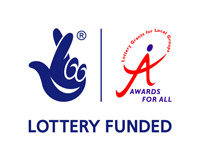
|
 |
G0MWT, GX0MWT, GB5HF, GB5SM, GB2TAM, M2T, GB100MWT, G100RSGB & GB5RVA
CARS Meetings April - June 2016 |

|
©Copyright CARS 2016
7th May 2016
May meeting EME report, April Meeting report on Tim Wanders 2MT talk, extra photos
April Meeting
Tue 5-Apr-2016, 7.30-10pm
Oaklands Museum, Moulsham Street"2MT Writtle - The Birth of British Broadcasting"
Tim WanderFor the April talk we welcomed Tim Wander who is a leading historian, lecturer and author on the early days of wireless (following an earlier career which included GEC-Marconi Comms at New Street ).
Tim last spoke to CARS on 5-April-1988 - quite a while ago! So we were pleased to welcome him back to tell the full story - in the place where it all began. A high turnout of fifty members and visitors turned out to see a fully illustrated and very entertainingly presented talk.
Not many people realise that the Birth of British Broadcasting which led to the formation of the BBC in 1923 can trace its origins back to New Street in 1920 and subsequently a small Essex Village called Writtle (and the '2MT Hut' now in Sandford Mill).
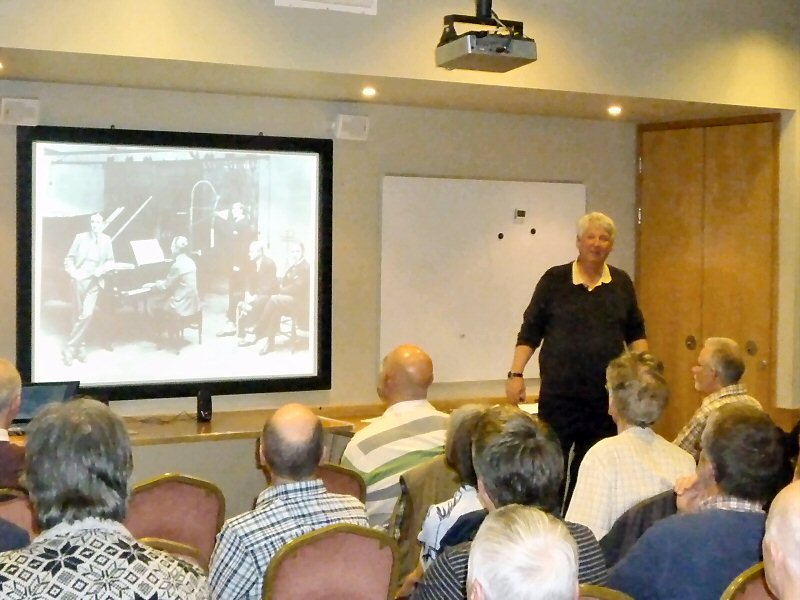
Tim Wander and some of his books on Marconi and the Birth of Broadcasting
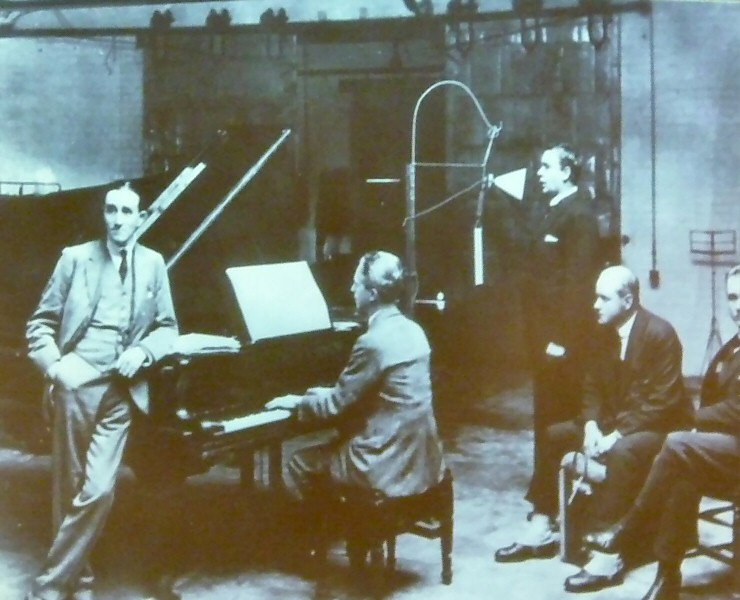
Broadcasting started at New Street before moving to the famous 2MT Writtle Hut

The 2MT Writtle team - and Marconi House in the Strand where 2LO started, and then the BBCAfter the break, CARS had bumper raffle with eleven prizes, and there were chances for photos and autographs.
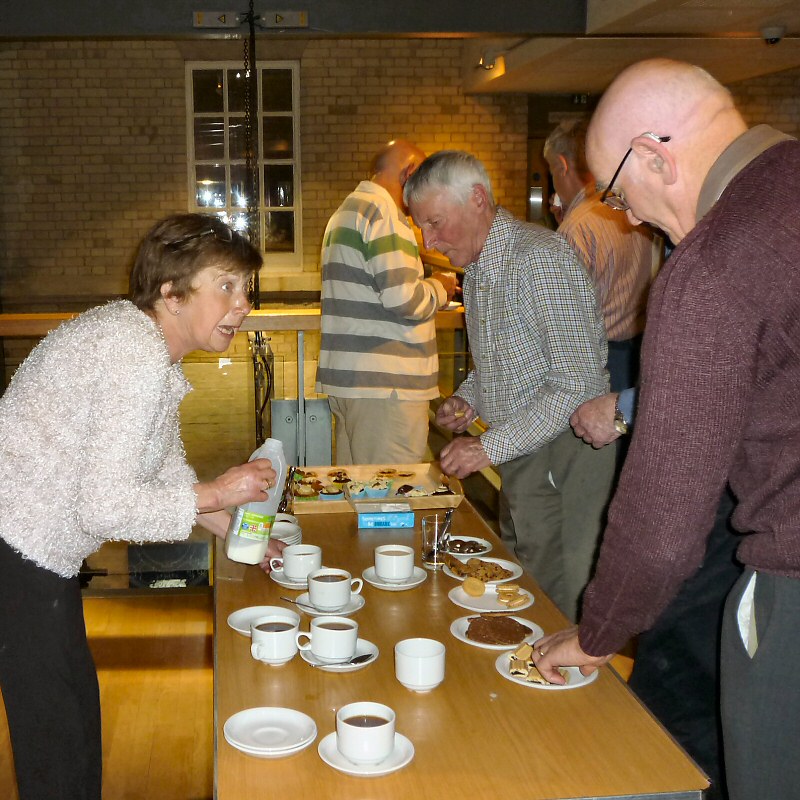
Refreshments - and Tim with Colin G0TRM (and a signed book)Richard Meadows M0SBU (whose University of Bristol UBSEDS14 balloon had just been right around the world) was one of the visitors present and introduced himself, prior to another round of Q&A and the end of a highly enjoyable evening.
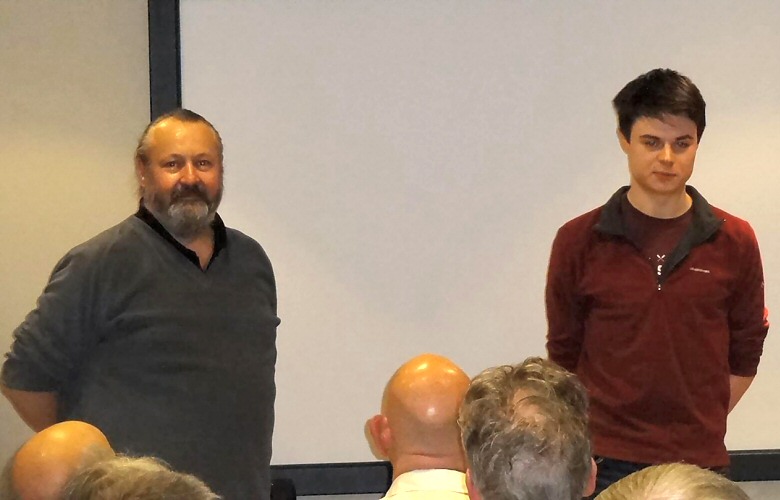
Colin G0TRM's photos of Chris G0IPU introducing Richard M0SBU and awarding a CARS Mug to TimUseful Links:-
- Tim's Books: http://marconibooks.co.uk/
- Jim Salmon - 2MT: http://www.emmatoc.com/
May Meeting
Tue 3-May-2016, 7.30-10pm
Oaklands Museum, Moulsham Street"Introducing Moon Bounce"
by John Regnault G4SWX
John Regnault G4SWX, who gave CARS a talk on remote control stations and is a keen VHF operator returned to tell us all about Moon Bounce (EME).
2016 marks the 52nd anniversary of UK amateurs communicating with others around the world by bouncing signals off the moon, and John's introduction showed that Chelmsford had a key role in this story.
The Chelmsford Connection and Peter Blair G3LTF
At 20:20 on June-13 1964 Peter Blair G3LTF who was well known in the club for his UHF expertise had a contact with KP4BPZ in Puerto Rico, which was subsequently reported in the July edition of the RSGB Bulletin. Whilst Peter was running a mesh dish and a 150W PA, it was fortunate that the other end had the Arecibo radio telescope dish! In those days the feeds needed low loss coax back to the shack where Paramps were located for a low noise frontend.
Peter, G3LTF is still active on moonbounce and is one of the world’s leading pioneers.

RSGB Bulletin news of the achievement - and Peter's original dish at Galleywood (inc wooden supports)
Galleywood Race Course was also the location of an experimental Marconi Troposcatter link to Start Point in Devon
Peter Blair G3LTF and his more recent 6m diameter dishBackground and Basics
In those 52 years amateur technology has developed to the point where moonbounce has become a common activity with many thousands of active stations across the world. On 144MHz there is now significant activity almost every day 24x7 with many DXCC entities being activated by expeditions.
John Regnault G4SWX first reviewed some of the history, starting in 1946 with the US Military Diana Project (3kW on 111.5MHz). This led to the moon being used for a teletype link between the US mainland and Pearl Harbour. For amateurs, tests on 144MHz in 1953 eventually led to the first EME QSO in 1960 on 1296 MHz
The propagation challenge is substantial. The long distance (and modest reflectivity of the moon's surface) gives some serious path losses. In addition the relative orientation of stations and Faraday Rotation by the ionosphere ideally requires dual or circular polarisation and good LNA noise figures to maximise sensitivity.
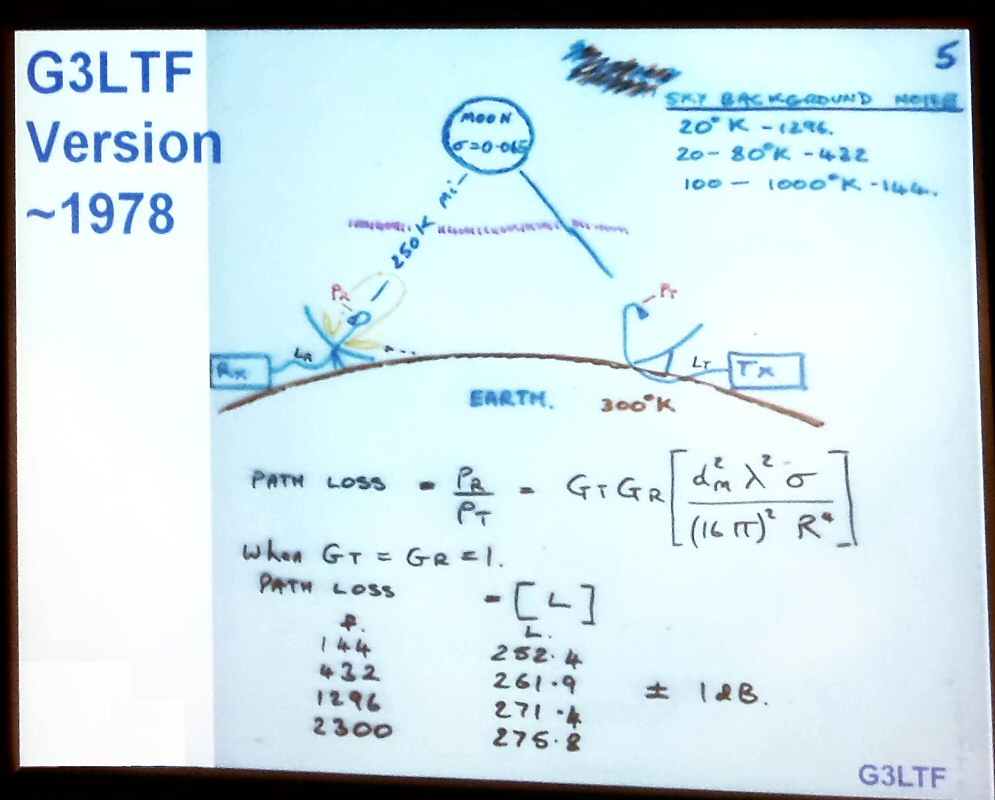
Moonbounce distances incur serious path loss (Photos by Graham G7JYD)Modern EME
More modern LNAs and optimised antennas and the development of JT65 (by Nobel prize winner Joe Taylor K1JT) offers sensitivity benefits of at least 10dB better than CW, bringing EME within the scope of relatively small 144MHz stations. The internet also play a very helpful role with facilities for EME chat, spotting and skeds.
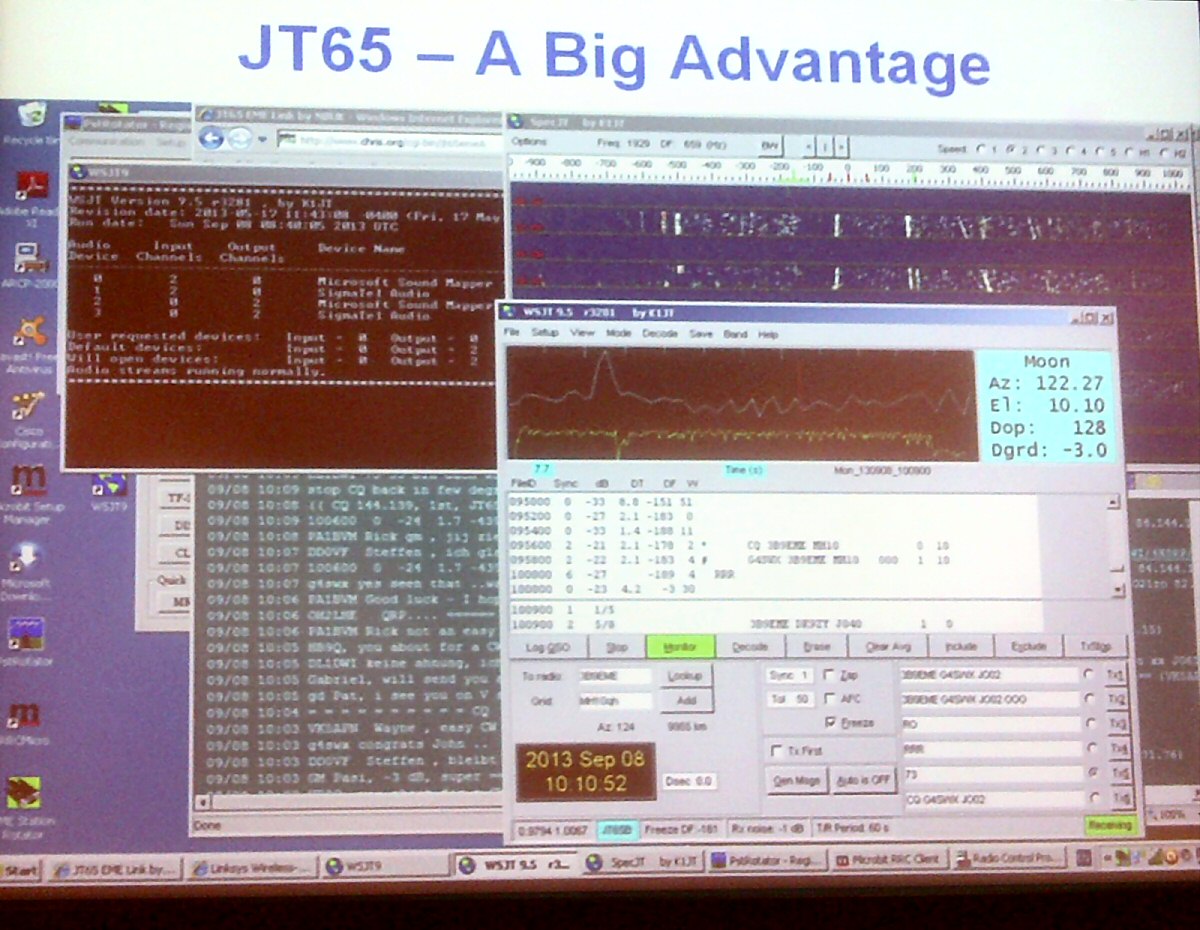
Modern Digital modes such as JT65 and Internet facilities such as LiveCQ greatly aid activityModern Amateur Moonbounce:
JT65 et al has also aided the ability of low power and small antenna systems to operate EME, and enabled portable EME DXpeditions to activate rare squares.
- Echoes: 21MHz to 76 GHz
- 2-way contacts: 28 MHz - 47 GHz
- Popular bands: 144 & 1296 MHz
- High Activity on 144 EME
- – almost 24x7x365
- – Within the capability of a moderate set-up
- – >220 DXCCs activated
- – the VHF DXers band of choice!

Modest antenna systems are quite capable of being used for EME (Photos by Graham G7JYD)John himself uses CW and JT65 and also described how he has managed to work an impressive 125 DXCC countries and all 50 US States on 144MHz. His remote control expertise had also led to operating GB2EME from Churchill College Cambridge for the EME2012 Conference and a remote EME demo in Ofcom HQ.
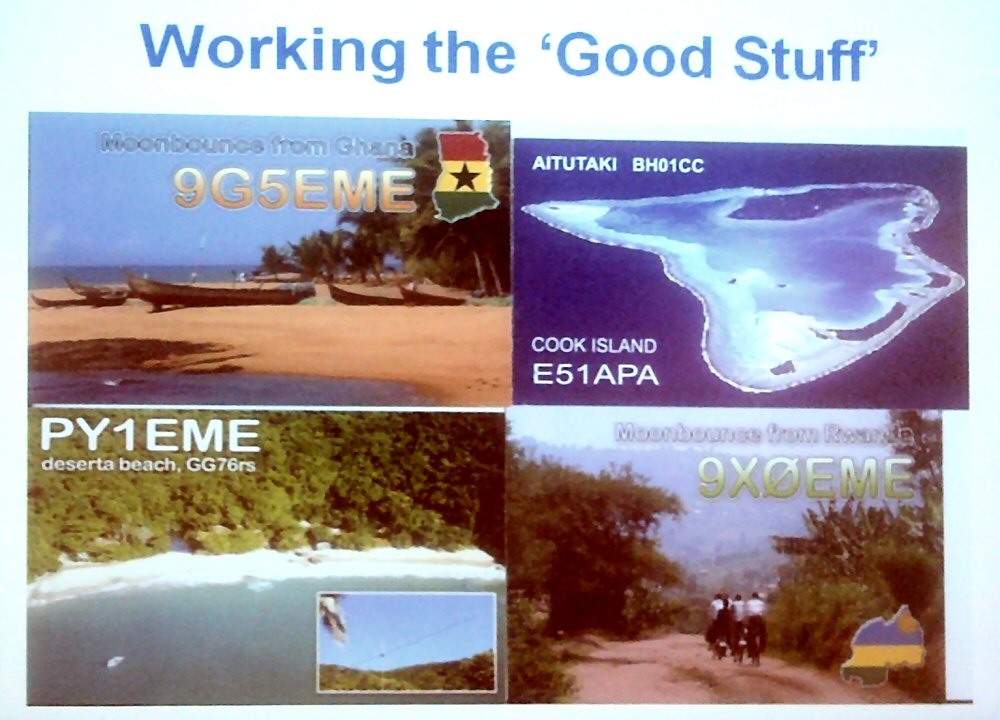
QSL Cards from various EME DXpeditionsSo in summary, amateur moonbounce has progressed enormously over 50 years, from pioneer territory into mainstream. DXCC by EME is now possible from 6m to 23cm. In the process, Joe Taylor K1JT's work on EME has provided the JT modes to the wider hobby, which have greatly reduced the power/antenna requirements. Our thanks for a fascinating talk.
John G4SWX receiving his CARS Speaker's mug from John G8DET
June Meeting
Tue 7-Jun-2016, 7.30-10pm
Oaklands Museum, Moulsham Street"Table Top Sale"
By CARS MembersIn order to assist with construction and recycling, the June meeting was the Radio and Electronics Tabletop Sale, coordinated by CARS Secretary Colin G0TRM. Items for sale covered the whole range of radio, electronics, visual and audio, mechanical interest and more. Several items were also from recent Silent Keys (Clive Ward G1EUC and Alan Boswell G3NOQ).
A warm and muggy evening saw all the tables filled with goodies, and quite a few visitors. Activities included the CARS raffle, along with plenty of time for some socialising - and an informal visit by Vic Rogers G6BHE the local RSGB DRM (and Canvey Rally expert!).
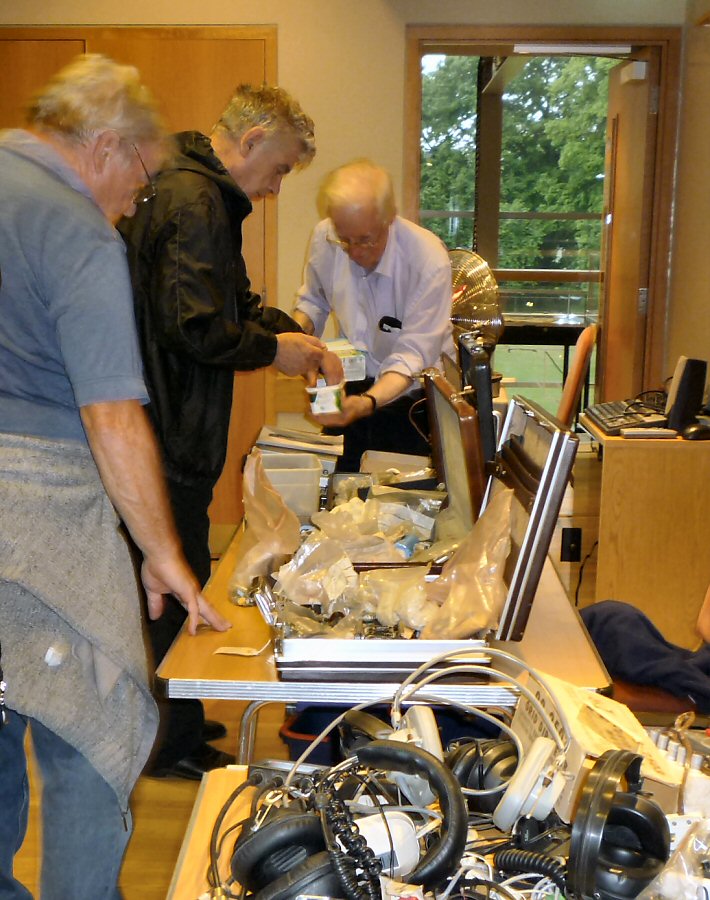
Colin G0TRM was pleased to see a good variety and attendance
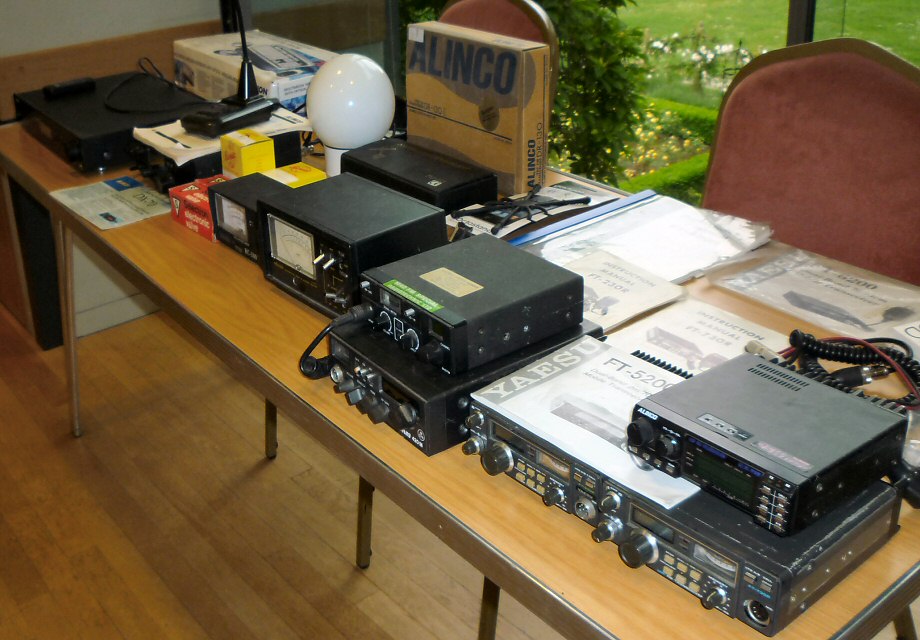
Radios! - Silent Key kit from Clive G1EUC and Alan G3NOQ
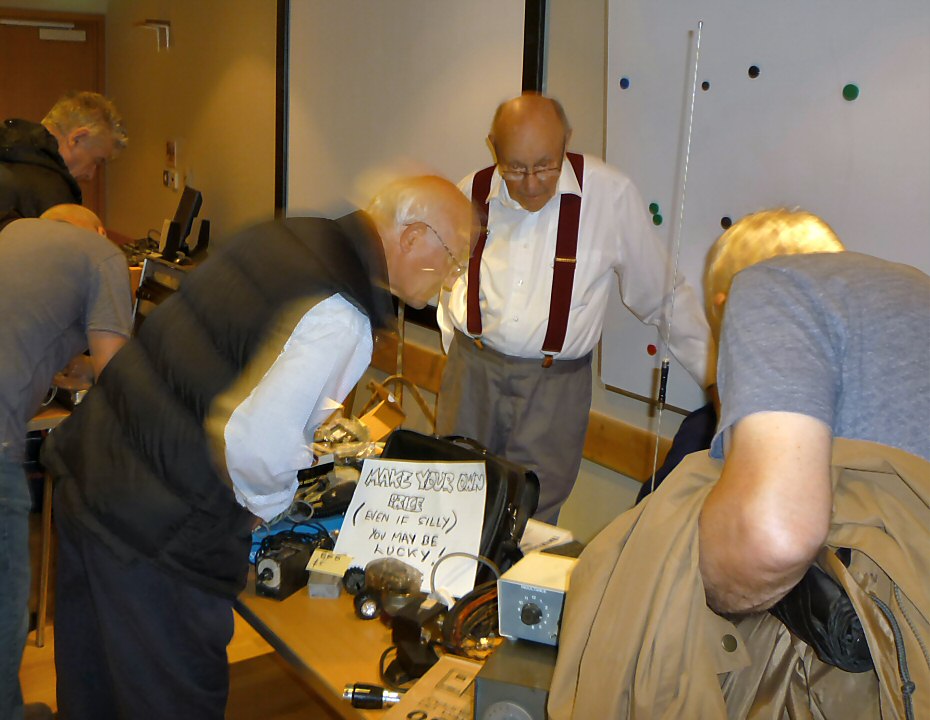
Tony G4YTG offering bargains - and Kristian M0SSK (orange)
Chris G0IPU had three antenna rotators going for a song
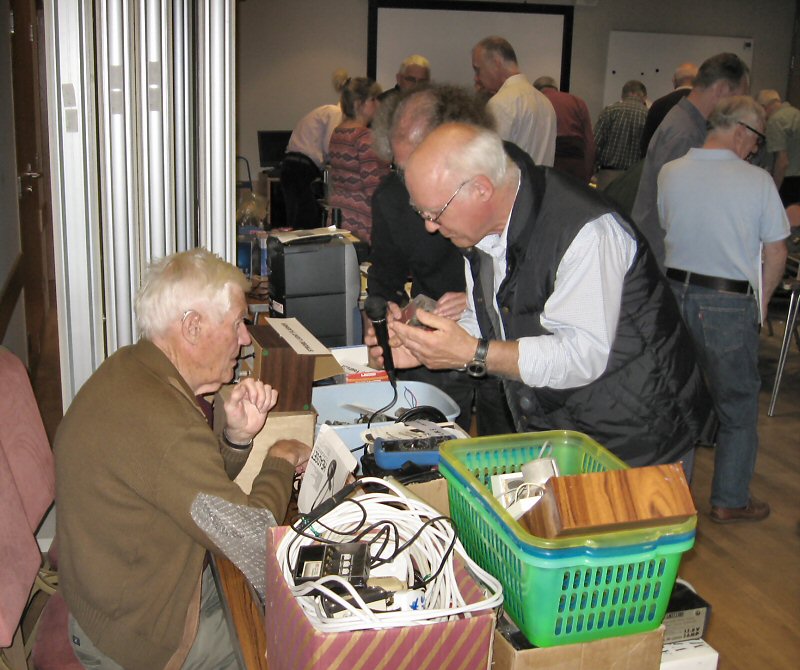
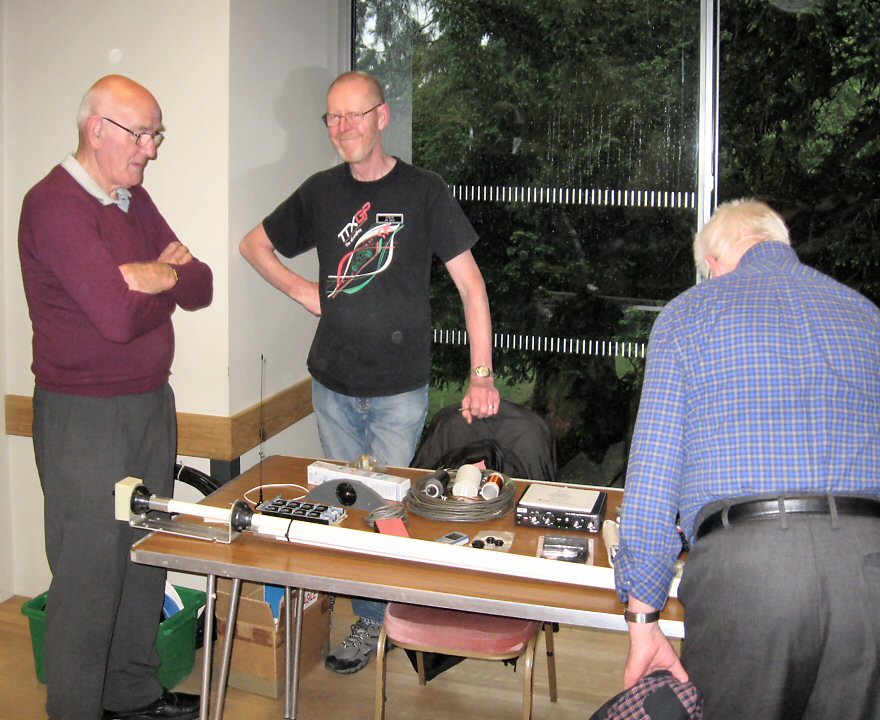
A couple of photos by John G8DET: Dave Bolwell G3JCM and CARS Editor Steve G4GHO tablesMany thanks to Colin G0TRM - and also to Ann Salmon who kept the refreshments flowing on a warm muggy evening
To RETURN to the Meetings Page - Click Here
To RETURN to the CARS Home Web Page - Click Here